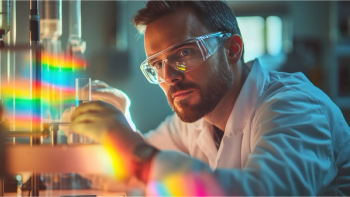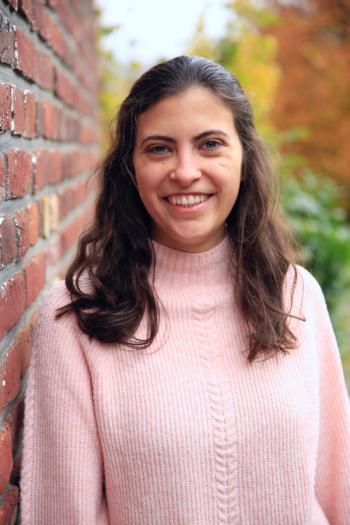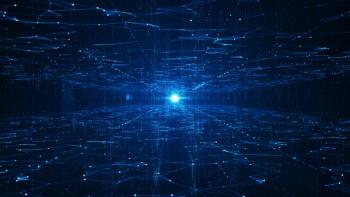
Chemometrics without Equations—Don Dahlberg Teaches His 20th and Final Course
At the recent Eastern Analytical Symposium (EAS), held November 14–16, Donald Dahlberg taught his 20th, and final, short course on chemometrics, called “Chemometrics Without Equations.”
At the recent Eastern Analytical Symposium (EAS), held November 14–16, Donald Dahlberg taught his 20th, and final, short course on chemometrics, called “Chemometrics Without Equations.”
Donald Dahlberg first heard about chemometrics in 1998 when he spent his sabbatical year at the University of Washington (UW). One of his former students from Lebanon Valley College, Mary Beth Seasholtz, was a graduate student in Bruce Kowalski’s Laboratory for Chemometrics at UW. When Dahlberg returned to Lebanon Valley College, he started teaching chemometrics to his undergraduate students, and involving them in research, which included collaborative research with a local confectionary company.
A couple of years later, Neal Gallagher of Eigenvector Research contacted Dahlberg about creating a chemometrics workshop that did not involve the parallel presentation of matrix algebra. With that, the “Chemometics without Equations (or hardly any)” course, as it was originally dubbed, was born. It was first presented at EAS in 2001 and has been presented every year since, except the first Covid year of 2020, making a total of 20 appearances. Each time, Dahlberg has been assisted by either Gallagher or Barry M. Wise.
With the 2022 edition of the course at EAS, its run comes to a close, as Dahlberg has decided to retire from teaching it. Gallagher and Wise helped Dahlberg, an avid bourbon connoisseur, commemorate the occasion with a bottle of Blanton’s.
Over these two decades, Dahlberg has gently introduced hundreds to the field of chemometrics. His teaching at EAS also led to his developing special versions of the course tailored to forensic science and cultural heritage. He has presented the course at John Jay College of Criminal Justice, the Forensic Science Department at the University of New Haven, the Museum of Modern Art, the Getty Museum, and the Library of Congress.
“My goal has been to introduce the power of chemometrics to those inside and outside of analytical chemistry,” said Dahlberg. “Even though it is time to end my presentations at EAS, I intend to continue to help those who wish to explore the field of chemometrics.”
Newsletter
Get essential updates on the latest spectroscopy technologies, regulatory standards, and best practices—subscribe today to Spectroscopy.





